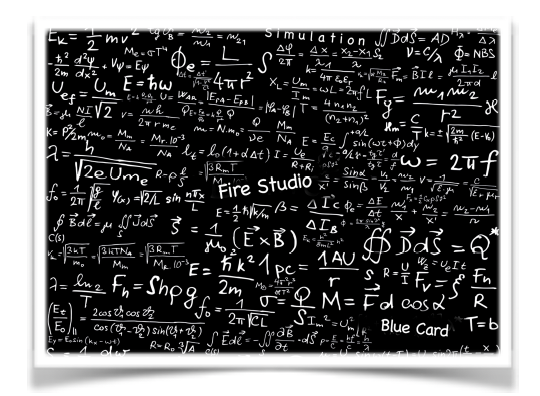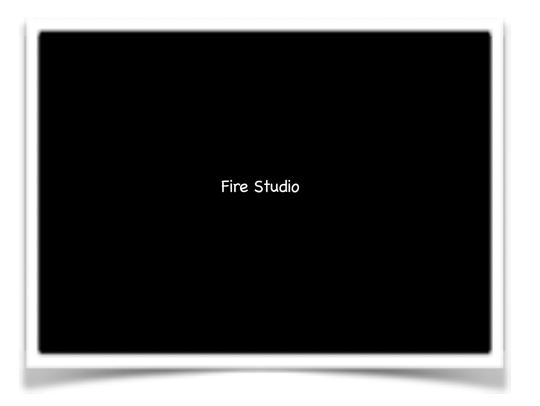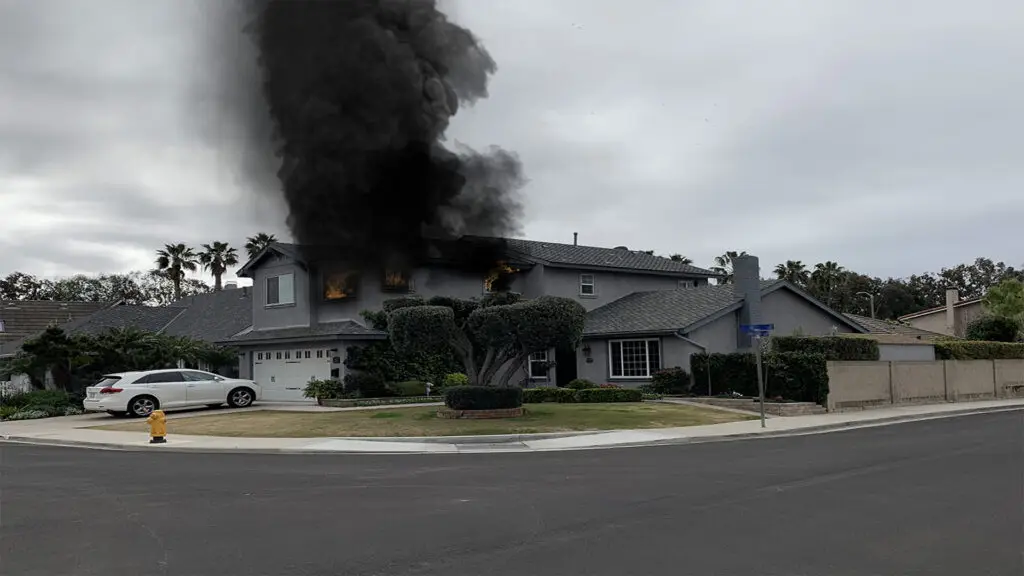You’ve gone through hours of Blue Card training. How can you integrate Fire Studio After Blue Card?
The Blue Card Command Certification Program represents a cutting-edge training and certification framework designed to educate Company and Command Officers on standardizing local incident operations throughout their organization. All simulations employed within the Blue Card program are developed using Digital Combustion’s premier product, Fire Studio’s Instructor Edition. In this piece, I’ll discuss leveraging Fire Studio beyond the confines of the Blue Card program to customize your simulation training program.
What is Fire Studio?
What exactly is Fire Studio? It’s a tool that enables you to take images of your own structures and import them into the software, where you can then overlay various fire and smoke effects to simulate emergency scenarios. Alongside fire and smoke, Fire Studio offers options for liquid leaks, vapors, casualties, hazmat elements, and numerous other animations to realistically recreate a wide range of emergency situations.
Fire Simulation Evolution
The motivation behind Fire Studio’s development was to provide firefighters with an ultra-realistic fire simulation experience on a personal computer. Traditional simulation products fell short in terms of realism, often resembling poorly crafted cartoons. Fire Studio aimed to revolutionize this by delivering a simulator that closely mirrors real-world scenarios while maintaining user-friendly functionality tailored to the needs of fire service professionals.
Getting Started
Upon becoming a Blue Card instructor, you’ll receive an iPad equipped with the Player Edition of Fire Studio (currently version 6.5). This edition enables you to playback any simulation created on the Instructor Edition, encompassing all Blue Card simulations. You can preload any of the Blue Card files on your iPad, downloaded from bshifter.com.
Embarking on building your own simulation collection offers a couple of advantages. First, starting from scratch allows for the creation of entirely new simulations. With Fire Studio Instructor Edition, you can import local building images and tailor scenarios to your current training requirements. Second, you are showing your crews buildings that they are familiar with. This fosters a much greater level of involvement from the participants, since they know there is a real possibility of responding to an incident on that very building.
To Difficult? Not At All!


Some Blue Card users and instructors have expressed concerns about the perceived difficulty of creating their own simulations. Considering the complexity of Blue Card simulations, which often encompass interior and exterior views, various positions, diverse outcomes, and sometimes extend to over a hundred slides, their apprehension is understandable. The prospect of orchestrating simulation drills involving multiple engine and truck companies can indeed seem daunting, especially for new or intermediate Fire Studio users.
However, the silver lining is that you don’t need to replicate such intricate setups to gain significant benefits from integrating Fire Studio into your training regimen. The Blue Card experts have honed their skills over time, mastering their brand of simulation creation. You can adopt a simpler approach while still leveraging simulation training to reinforce the concepts learned through Blue Card Command.
One of the common pitfalls encountered by new Fire Studio users is the temptation to embark on ambitious, complex simulation projects right from the start. Often, this pressure stems from supervisors assigning tasks, such as creating a simulation for a promotional exam, without adequate training. However, this approach is generally ill-advised. It’s crucial to develop a thorough familiarity with any software before undertaking tasks that could impact someone’s career.
Start Small
The most effective strategy is to begin with small-scale projects. Size-up training, employing the “sets and reps” model, can be swiftly crafted within Fire Studio. For instance, a simple, single-view simulation can be assembled in just a few minutes by overlaying 2-3 animation layers onto your chosen background. In less than two hours, you could generate 10-15 distinct building fire scenarios for simulation drills or classes. These simulations can be saved for future reference, accessible to both yourself and future training officers for years to come.
As your proficiency with Fire Studio grows, you can progressively venture into creating simulations that evolve over time and incorporate multiple viewpoints. There’s really no limit.
Not Only For Command
Simulation-based training should not be limited to command-level personnel. As many fire departments experience a decline in actual structure fires annually and face constraints in providing live-fire training, the significance of simulation-based training extends to all ranks within the department. While it’s evident how crucial it is for command-level individuals, many training officers overlook its potential for other members, including entry-level firefighters.
Conducting informal simulation sessions among crew members of engine or truck companies can yield invaluable training outcomes. Each crew member can offer insights from their perspective, enriching discussions and providing valuable feedback. Company officers can gain valuable insights into the knowledge level of each crew member, while subordinates can better understand the expectations of their officers during real incidents. These sessions also serve as opportunities for post-incident critiques, fostering continuous learning and improvement.
Saving Lives
We train to get better at what we do. If we get better at what we do, we will save more lives. Those lives we save may be from the communities we serve or our own personnel. Either way, we must continue to find new and innovative ways to do our job better. Simulation training has the potential to do that. Better command officers. Better decision makers. Better firefighters. The choice is yours.

